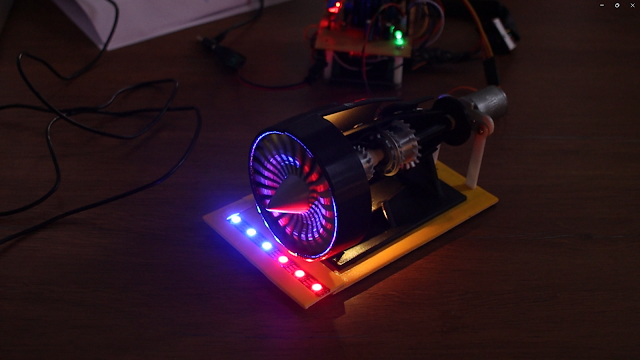At 10xTechClub, we believe the future is not something to wait for — it’s something to build. And that’s exactly what our PAP Cohort 3 (ages 12–16) proved during their recent Hardware Hackathon, marking a major milestone at the end of Stage 1: The Hardware Innovation Module.
This wasn’t just a fun challenge — it was a serious test of skills. After months of learning 3D design, 3D printing, electronics, IoT, Arduino, robotics, and problem-solving through design thinking, these young minds were ready to show the world what they could build.
The Challenge: Build the Ultimate Learning Experience Box
The mission? To create a tech-powered Learning Box that makes even the most complex subjects, fun, interactive, and easy to grasp.
But here’s the twist: they had to do it with limited resources and a fixed budget.
This meant balancing functionality, design, and cost-effectiveness — just like real-world engineers and entrepreneurs.
Armed with their newly gained knowledge, students tackled this real-world problem using:
- Arduino & ESP boards for logic and control
- Sensors and actuators for real-world interaction
- 3D-printed components to give their ideas shape
- Coding skills to make it all come alive
- Design thinking to keep the user at the centre of it all
And they did this not in months — but in just one intense day of innovation.
The Young Tech Teams & Their Amazing Projects
🔴 Team 1 – Jet Engine Learning Kit
Built by curious minds aged 13–15, this kit brought the science of jet propulsion to life. From 3D-printed engine parts to airflow simulations, this was more than a model — it was an aerodynamics lesson powered by passion.
🔵 Team 2 – Moon Rover Control Panel
These students built an autonomous + manual rover with web-controlled UI, multiple sensors (moisture, gas, ultrasonic), and obstacle avoidance — all on an ESP32. At just 14–16 years old, they handled HTML, CSS, JavaScript, and hardware logic like pros.
🟢 Team 3 – Lumo Wave: Concert Lighting Kit
Think stage lighting meets IoT. This team created a remote-controlled LED concert simulator using WLED firmware, IR sensors, and 3D-printed stadium elements. It wasn’t just tech — it was creativity, expression, and electronics fused together.
Expert Evaluation & Big Smiles
The projects were reviewed by Mr. Shrikant Sangludkar, a Smart India Hackathon veteran and Group Manager at WNS Global. He was blown away by the confidence, clarity, and technical depth of these young participants.
“In my experience, even many engineering students struggle to deliver presentations of this calibre — the way these high schoolers demonstrated real-time prototypes with such clear understanding and confidence was genuinely impressive.”
– Mr. Shrikant Sangludkar
A Celebration of Skills and Growth
Parents joined in to witness the transformation. They witnessed more than gadgets — they saw young teams navigate real-world constraints, manage disagreements with maturity, and build not just products but problem-solving mindsets.
One parent summed it up best:
"They didn’t just learn to code. They learned to communicate, collaborate, and create."
Every student received a Tech Innovator’s Passport with “visas” stamped for completing the hardware module, a fun twist to certification!
Why This Matters
This hackathon wasn’t about competition. It was about real learning, applied skills, and fearless exploration. At an age where most students are just getting used to textbooks, these teenagers are already:
- Building real-world tech prototypes
- Solving user-centric problems
- Working with IoT, robotics, and 3D design
- Thinking like engineers, designers, and innovators








